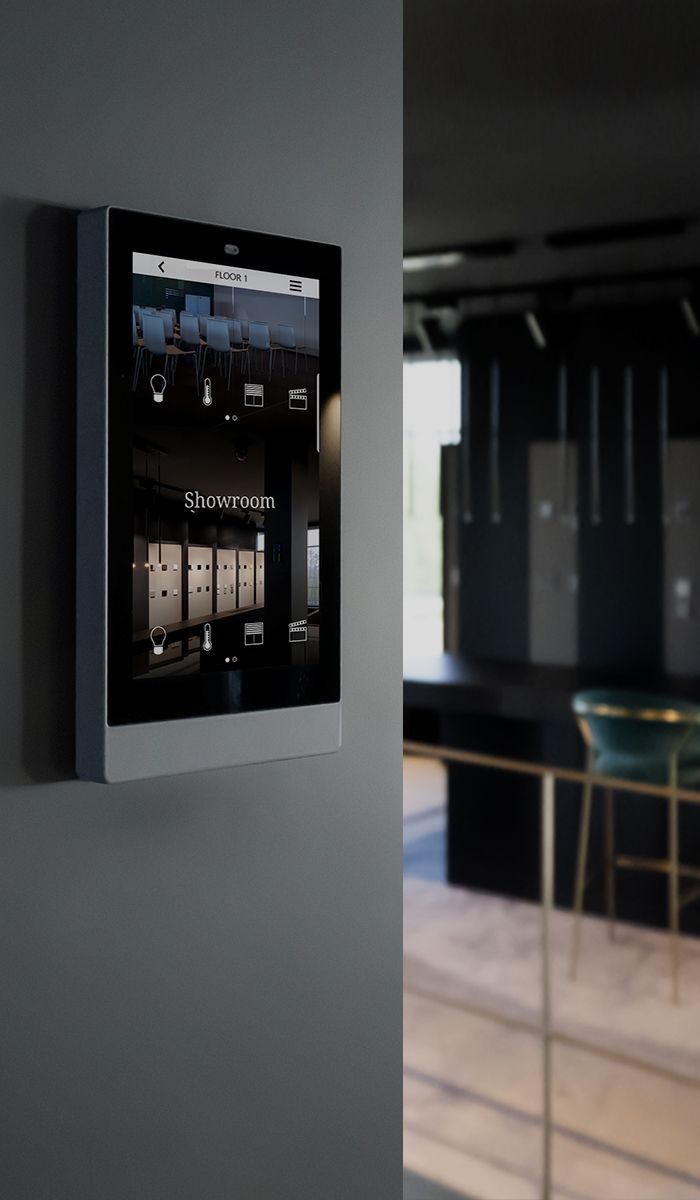_________________________________________________________________________________________
In an era defined by technological innovation and interconnectedness, the concept of smart living has emerged as a beacon, guiding us toward a future where our homes are not just spaces but intelligent ecosystems that enhance our daily lives. From automated systems to artificial intelligence; smart living is reshaping the way we interact with our living spaces, offering unprecedented convenience, efficiency, and sustainability.
The Foundation: Smart Home Technology
At the core of smart living is the integration of smart home technology, which transforms ordinary residences into intelligent hubs. However, smart home devices are designed to connect and communicate with each other; creating a seamless network that can be controlled and monitored remotely. So, From thermostats and lighting to security cameras and appliances; these devices empower homeowners with the ability to manage and optimize their living spaces with just a few taps on a smartphone or a voice command.

Automation for Effortless Living:
Imagine arriving home after a long day, and the lights automatically adjust to your preferred ambiance; the thermostat sets itself to the perfect temperature, and soothing music starts playing—all without you lifting a finger. Besides, this is the magic of automation in smart living. Also, automated systems streamline daily tasks, providing convenience and allowing residents to focus on what truly matters. So, from smart locks that eliminate the need for traditional keys to robot vacuums that keep your floors spotless; automation is the silent choreographer orchestrating a symphony of efficiency.
Energy Efficiency & Sustainability:
Smart living goes hand in hand with environmental consciousness. Energy-efficient devices and systems are integral to the smart home ecosystem, enabling users to monitor and optimize their energy consumption. Smart thermostats learn your habits and adjust the temperature accordingly, minimizing energy waste. Solar panels, connected to smart energy storage systems, harness the power of the sun to provide clean and sustainable energy. These innovations not only reduce environmental impact but also contribute to long-term cost savings for homeowners.
Intelligent Connectivity: The Internet of Things
The Internet of Things (IoT) is the backbone of smart living, fostering connectivity and communication between devices. The ability of devices to “talk” to each other creates a cohesive living experience. For instance, your smart refrigerator can create a shopping list based on its contents, and your smart car can notify your home when you’re approaching, triggering the thermostat to adjust the temperature to your liking. This interconnectivity extends beyond the home, creating a web of smart devices that enhance various aspects of daily life.
Security & Peace of Mind:
Smart living places a premium on security, offering advanced solutions that go beyond traditional alarm systems. Also, smart cameras, doorbell cameras, and motion sensors provide real-time monitoring, allowing homeowners to keep a watchful eye on their property remotely. Besides, the integration of artificial intelligence in security systems enables proactive threat detection, distinguishing between ordinary movements and potential security risks. Smart locks with biometric access or digital codes enhance the level of control, making physical keys a relic of the past.
Health & Wellness Integration:
Smart living isn’t limited to the tangible aspects of our homes; it extends to our well-being. Health and wellness devices, such as smart fitness equipment and wearable technology, seamlessly integrate into the smart living ecosystem. These devices track physical activity, monitor vital signs, and provide personalized health insights. So, smart kitchens equipped with nutritional analysis tools can assist in creating healthier meal plans, contributing to a holistic approach to well-being within the home.
Adaptable Living Spaces:
Smart living is synonymous with adaptability. Smart homes learn from their residents’ behaviors and preferences, adapting to their needs over time. Also, lighting that adjusts to mimic natural sunlight patterns, smart mirrors that display personalized information, and voice-activated virtual assistants that anticipate your commands are all examples of how living spaces can evolve to cater to individual preferences. This adaptability fosters a sense of harmony and efficiency, creating spaces that truly reflect the personality and lifestyle of their inhabitants.
Challenges & Considerations:
As we embrace the benefits of smart living, it’s essential to acknowledge and address challenges. Privacy concerns, data security, and the potential for technological obsolescence are important considerations. However, integrating smart living solutions requires a thoughtful approach, with a focus on selecting reputable devices, securing networks, and staying informed about updates and advancements in the field.

In conclusion, smart living is not just a technological trend; it’s a transformative movement that is reshaping the way we experience and interact with our homes. As the capabilities of smart home technology continue to expand, we find ourselves at the threshold of a connected future where the once-fantastical elements of science fiction become the everyday reality of our lives. Embracing smart living isn’t just about adopting new gadgets; it’s about creating homes that anticipate our needs, enhance our well-being, and contribute to a more sustainable and efficient way of life. As we navigate this digital frontier, the possibilities are limitless, and the journey towards smarter, more connected living is just beginning.





